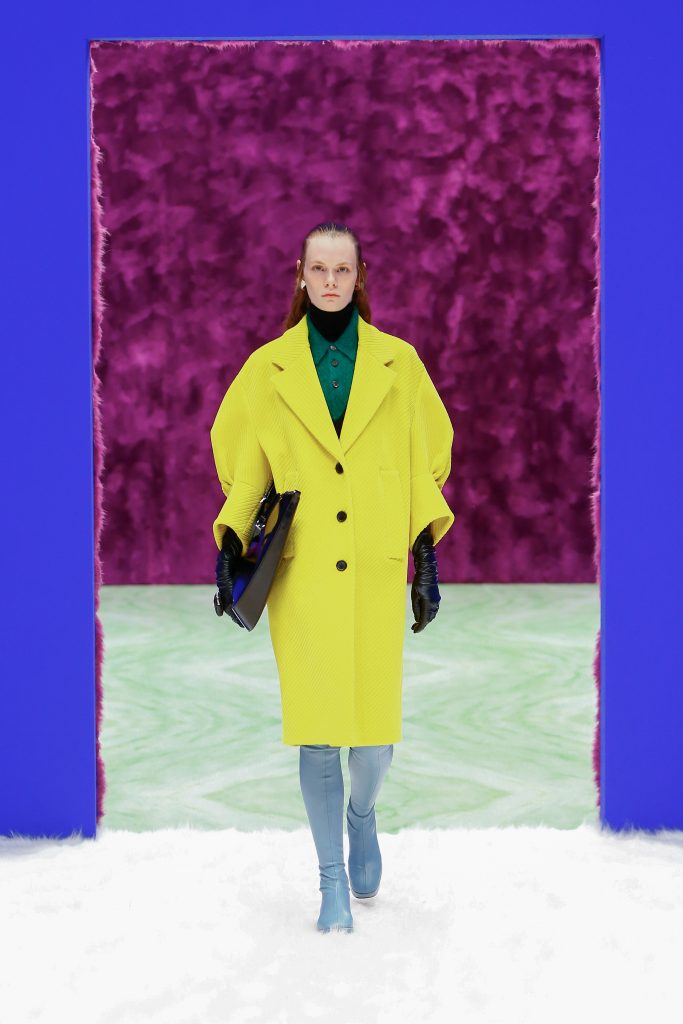With the Met Gala only a few days away now, I thought we would take some time and familiarize ourselves with the history of Karl Lagerfeld. This years theme being Karl Lagerfeld: A Line of Beauty I wanted to write on the designer who was more than just a creative director at Chanel.
Born September 10th, 1933 in Hamburg, Germany, Lagerfeld was more than just a designer. He was an artist, photographer, and creative director for many brands. He was born to a traditional family as they belonged to the old Catholic Church. His father was a businessman who owned his company that sold evaporated milk. Lagerfeld was known for changing his past. Often times he would change his birth year to seem younger or even change his birth parents in attempts to have a higher status. Lagerfeld also has two older sisters and kept the spelling of his family name to Lagerfeld, despite it being spelled both Lagerfeldt and Lagerfeld, as it was more commercial. He had a very distinct look as he established himself in the fashion world. He was notably known for his slim suits, white hair in a ponytail, big black sunglasses, and fingerless gloves.

Growing up he showed a great interest in art and visual arts. Often found sketching, Lagerfeld felt a deep connection to European culture. He was often influenced by old French styles such as Baroque and Rococo. This was solidified when he moved to Paris. There he entered in design competitions, submitting a design for a dress in 1954 to the International Wool Secretariat. He entered again for a coat competition in 1955 and won. There he met Yves Saint Laurent and was hired to be Pierre Balmain assistant and eventually apprentice, a job that would last three years. Later becoming creative director for Jean Patou in 1958 he would give that up and move to Rome in 1964 to study art and do freelance work. By 1967 he was hired to work for Fendi where he brought new furs for the infamous fur brand, he stayed with them until his death. Moving forward to 1970s, he had been working for Chloe and innovated the brand in ways that caught the eye of many people within the fashion industry. This only led to his arrival to Chanel in 1983.


Chanel was considered a dead brand by the 1980s. With Coco dying almost a decade before Karl’s arrival it was understandable that they were looking for a youthful energy to revitalize the house. Lagerfeld threw the old Chanel silhouette out and opted for a more 80s one with shoulder pads. His arrival to the house caused the old clientele to leave as they felt he was modernizing it too much. Surprisingly enough, his Chanel is the Chanel we know today. If you were ever on Tumblr or Twitter you will remember the numerous 90s Chanel runway photos that scatter those apps. Karl knew that his Chanel would have been hated by Coco but continued revamping it. By 1984 he started his own line meaning he was at Chanel, Fendi, and his own brand all at once. Lagerfeld never stopped and thrived off of work. Through his reign at Chanel we got It girls like Claudia Schiffer in the 90s and later Cara Delevingne in 2014. His Chanel was also one of the first brands to explore with the idea of celebrity ambassadors. Ranging from Lily Rose Depp, Willow, Caia Gerber, Jennie Kim, Margot Robbie, Kristen Stewart and many more. While bringing the house back to the status we knew of it before his passing he also brought a sense of entertainment to the traditional fashion show. Lagerfeld held over the top runway shows at the Palais Galliera. Including a supermarket (my favorite), spaceship, enchanted forests, and so on.



Being a genius design and artist, it doesn’t stop the flaws of a human. I will not sit here and say I’m celebrating this man and the things he believes in but I can enjoy the art he has created in his design. Like Dolce & Gabbana, Lagerfeld has said a few things that are not exactly ideal and need to be highlighted. Although considered the women’s designer in a sense he wasn’t, often advocating for having very thin women on his runway. Quoted “no one wants to see round women”, and as far as saying Heidi Klum was too big for his shows. In the event of stylist Karl Templer being accused of sexual assault he stated “if you don’t want your pants pulled about, don’t become a model! Join a nunnery they’ll always be a place for you in convent. They’re recruiting even!”. To further expand on that, Lagerfeld even sent flowers to Dominique Strauss-Kahn who was on trial for rape. While directing a campaign for Chanel he put Claudia Schiffer in black face and as well as yellow face. Though he created such beautiful garments and art all around it is odd to see this man celebrated at the Met Gala when has has quite the controversies. I’m excited to see what everyone will wear but I don’t think this is an exhibit I would visit.





















































